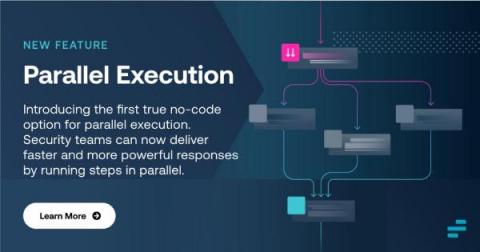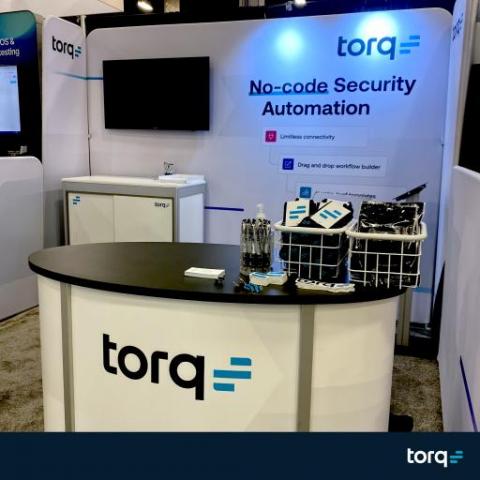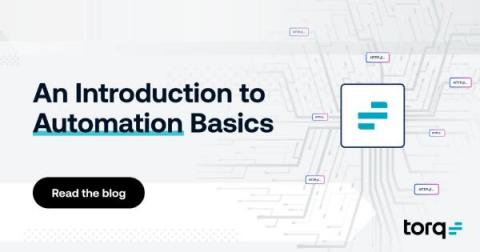Torq Delivers on the Promise of Parallel Execution
Security operations professionals are constantly being pushed to the edge of their capacities. They’re dealing with endless manual processes and managing tasks sequentially, because of the limitations of their security tools and options. They’ve dreamed of being able to execute more tasks simultaneously to quickly enrich, analyze, contain, and resolve security threats. Today, Torq is proud to introduce Parallel Execution, which makes those capabilities a reality.











